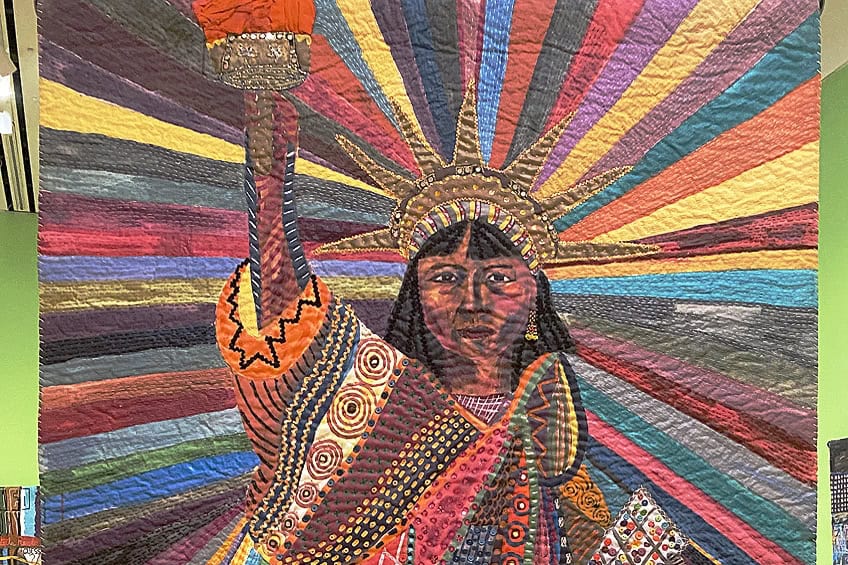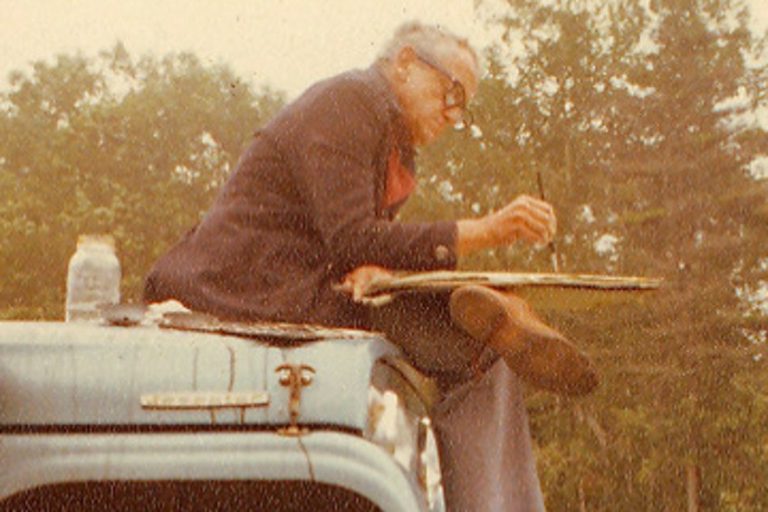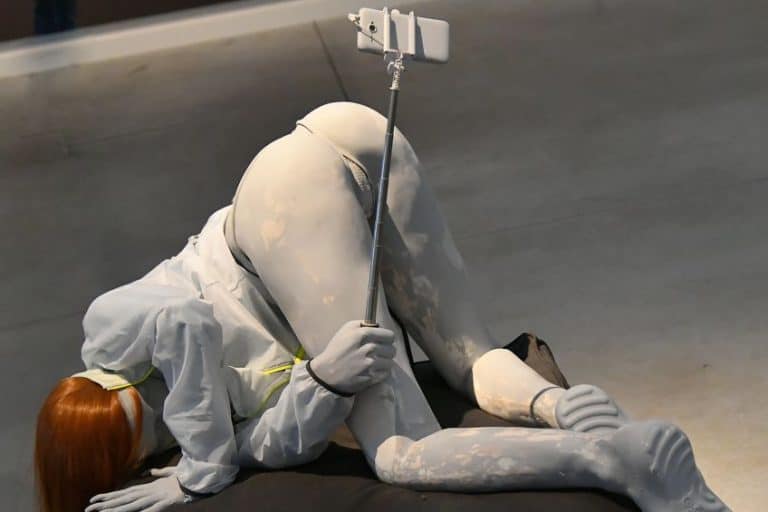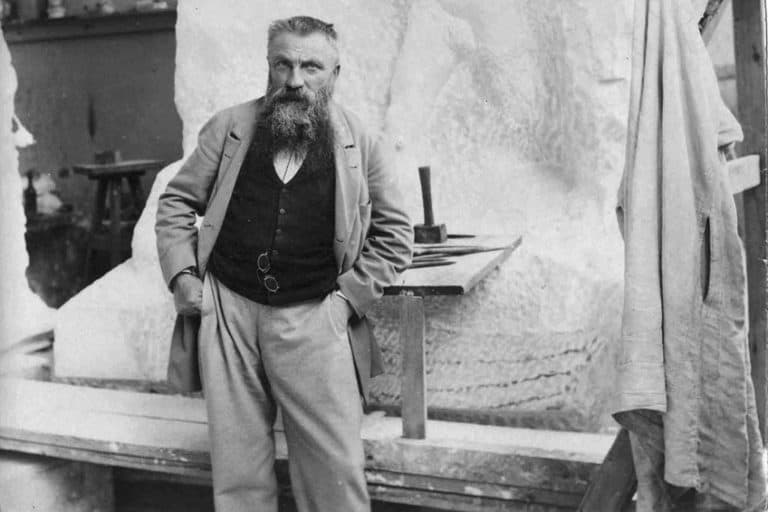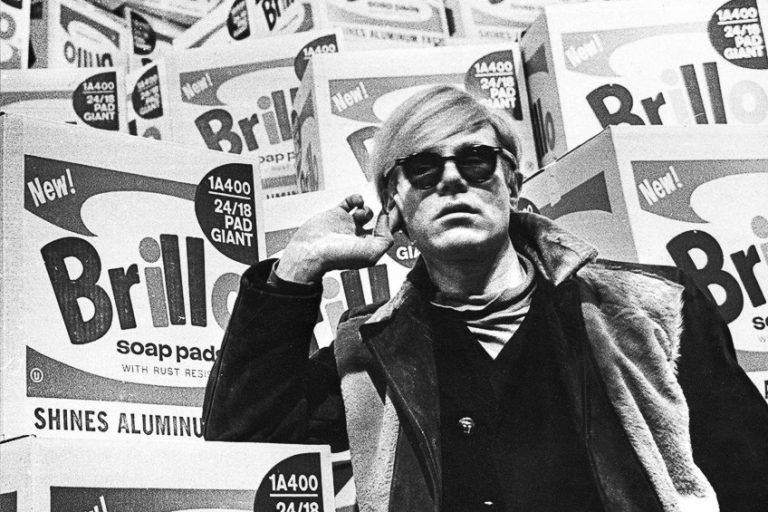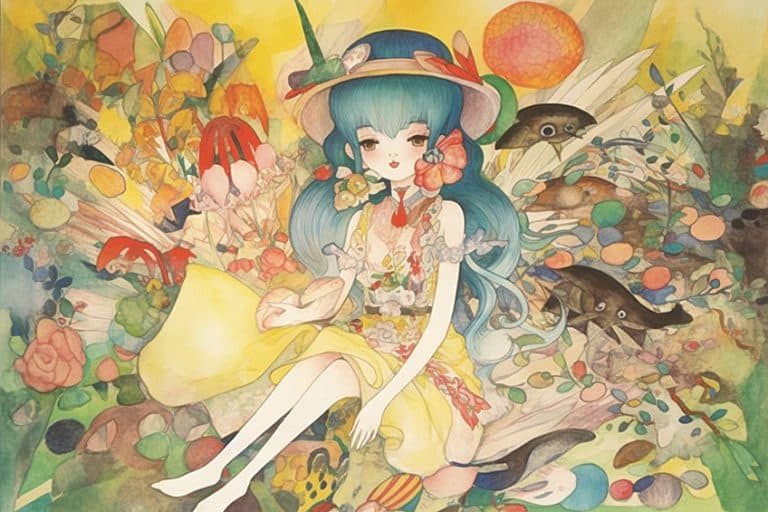Pacita Abad – A Journey Through Color
Pacita Abad was a Filipino-American artist renowned for her vibrant and intricate paintings that reflect her rich cultural heritage and global experiences. Born in the Philippines, Abad’s artistic journey spanned continents and cultures, encompassing diverse themes from socio-political issues to her unique trapunto painting technique, which involves stitching and stuffing her canvases to create a textured, three-dimensional effect. Her works are characterized by their bold colors, dynamic compositions, and incorporation of traditional Filipino motifs, as well as elements from her travels across Asia, Africa, and Latin America. Abad’s legacy continues to inspire and influence contemporary art, celebrating the fusion of traditional and modern artistic practices.
Key Takeaways
- Pacita Abad was a renowned Filipino-American artist known for her colorful and innovative works.
- She traveled extensively, drawing inspiration from global experiences and integrating diverse materials.
- Abad’s prolific career included 75 solo exhibitions and a lasting influence on contemporary art.
Early Life and Education
| Birth | October 5, 1946 |
|---|---|
| Death | December 7, 2004 |
| Place of Birth | Basco, Batanes, Philippines |
| Genre of Work | Painting, mixed media, and textile art |
Pacita Abad was a force in the art world, known for her vibrant and diverse body of work. Born in the Philippines, she became an influential Filipino-American artist whose career spanned over 30 years. Her vivid use of color and innovative techniques, such as incorporating textiles and found objects, set her apart as a pioneering figure in contemporary art. With a globetrotting life that took her to over 60 countries, Abad’s experiences significantly influenced her art.
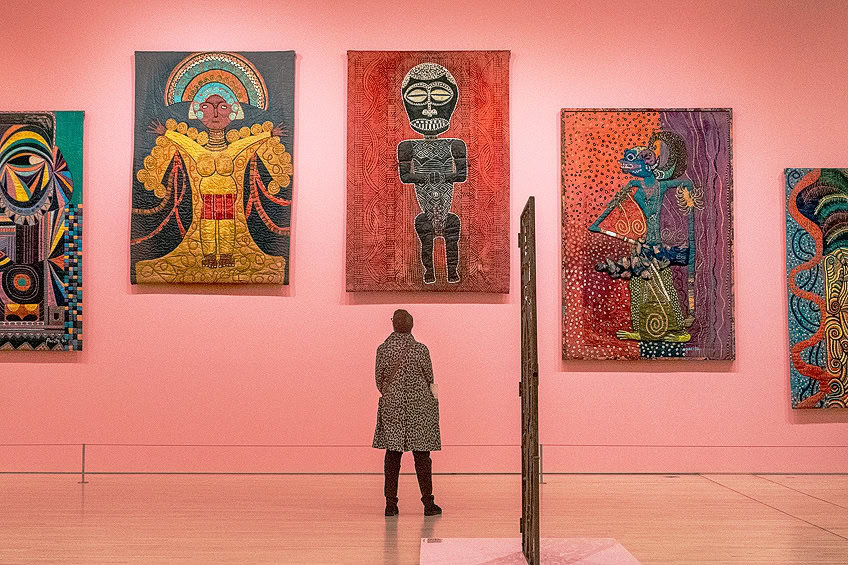
She explored themes from her travels, depicting global issues and blending cultural elements into her work. Her pieces are a testament to her adventurous spirit and commitment to social commentary through visual form. Abad held more than 75 solo exhibitions and participated in over 200 group shows worldwide, leaving an enduring impact on the art community. Her legacy continues to inspire many, underscoring the powerful role of art in bridging cultures and addressing societal issues.
Formative Years in the Philippines
Pacita Abad was born on October 5, 1946, in Basco, Batanes, a remote island province in the Philippines. She grew up as the fifth of thirteen children in a family involved in local politics. Her childhood in Batanes, a region known for its strong cultural traditions, played a significant role in shaping her artistic perspective. This small but strategically significant island lies along international shipping lanes between Luzon and Taiwan.
The influence of local culture and the natural beauty of Batanes became evident in her later works, which often incorporated traditional elements and vibrant colors.
Academic Pursuits Abroad
After her early education in the Philippines, Pacita Abad moved to the United States to further her studies. She attended Lone Mountain College in San Francisco before studying painting at the Corcoran School of Art in Washington D.C.
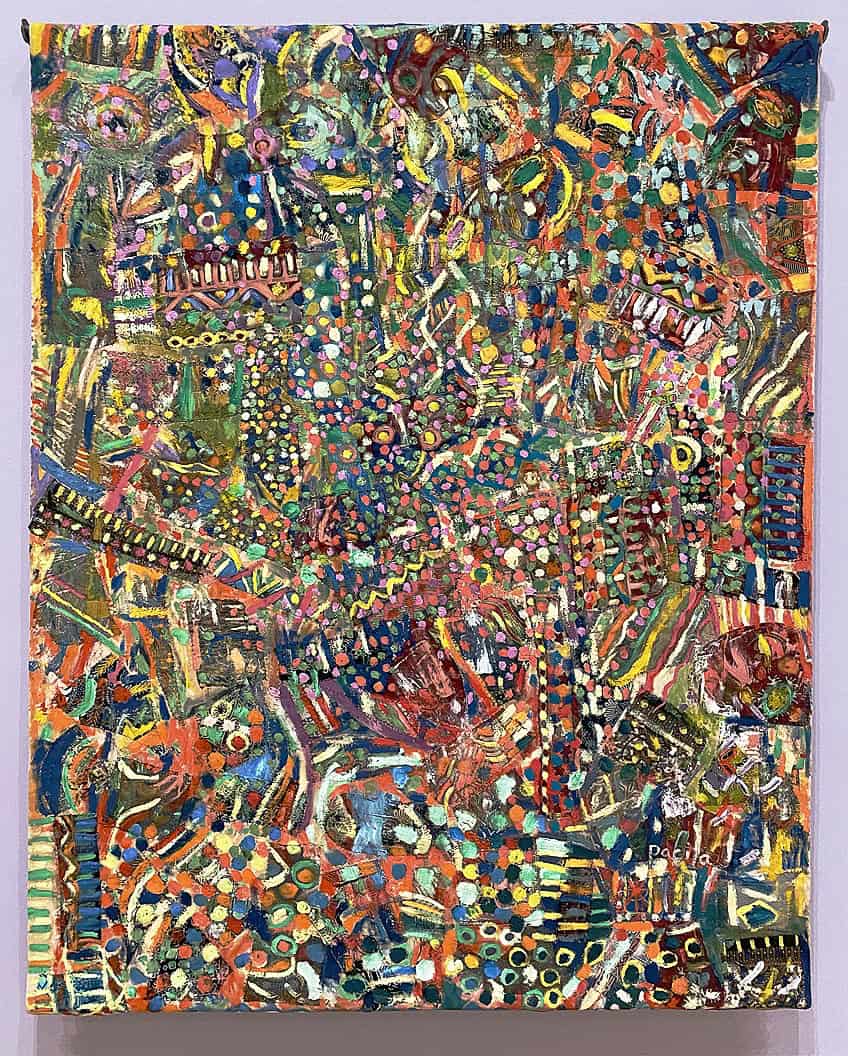
Her academic journey continued at The Art Students League of New York, where she honed her skills in various mediums. During this period, she was exposed to diverse artistic techniques and philosophies, which expanded her creative repertoire. The political climate during the Marcos regime in the Philippines also influenced her decision to stay abroad, where she developed a global artistic outlook by traveling to over 80 countries.
This exposure enriched her work, leading to her unique style that blended traditional and contemporary influences.
Artistic Style and Techniques
Pacita Abad’s works are marked by a vibrant use of color and innovative application of materials. Her techniques ranged from traditional painting to elaborate fabric manipulations, pushing boundaries within mixed media.
Development of Trapunto Painting
Pacita Abad pioneered trapunto painting, a technique where canvases are padded and quilted before being painted. Inspired by global textile traditions, she was deeply influenced by her travels. Her trapunto works often involved layers of stitched and embroidered fabrics, creating a three-dimensional effect.
Abad’s canvases frequently incorporated mirrors, buttons, beads, and cowrie shells.
These elements added texture and visual intrigue. The use of tin and metal pieces further enhanced the tactile quality of her work. Abad’s mastery in combining these materials showcased her dedication to creating a multisensory experience.
Experiments With Materials
Beyond trapunto, Abad was known for constant experimentation with materials. Her works included mixed media collages and abstract assemblages. She used metal, glass, and other unconventional materials to bring her artistic visions to life.

Textile was a significant part of her art. Abad used cotton yarn, gold thread, and other fibers in her pieces. Her methods often included quilting, stitching, and embroidery, contributing to the rich texture of her artworks. This innovative use of materials established her as a significant figure in contemporary art.
Major Works and Exhibitions
Pacita Abad’s artistry, spanning over three decades, is celebrated globally. Renowned for her vibrant trapunto paintings, she has left a significant mark in both Asian and Western art scenes with numerous major exhibitions and installations.
Highlight Installations
Pacita Abad’s trapunto paintings are her most recognized works, characterized by their vibrant colors and intricate layers of mixed media. Her work is prominently displayed at numerous high-profile venues. In 2024, the MoMA PS1 in New York hosted the first comprehensive retrospective of her career, presenting over 100 pieces, many of which were previously unseen by the public. The Walker Art Center in Minneapolis also honored Pacita with a retrospective, showcasing an extensive array of her works.
Another notable exhibition, featuring more than 40 of her major artworks, took place at the San Francisco Museum of Modern Art (SFMOMA).
Global Recognition
Pacita Abad has achieved widespread international acclaim, featuring in over 200 exhibitions worldwide, including 75 solo shows. Her works have been showcased in prominent museums and galleries across the globe, emphasizing her influence in both the Asian and American art communities. Singapore and the Cultural Center of the Philippines have both celebrated her contributions to art.
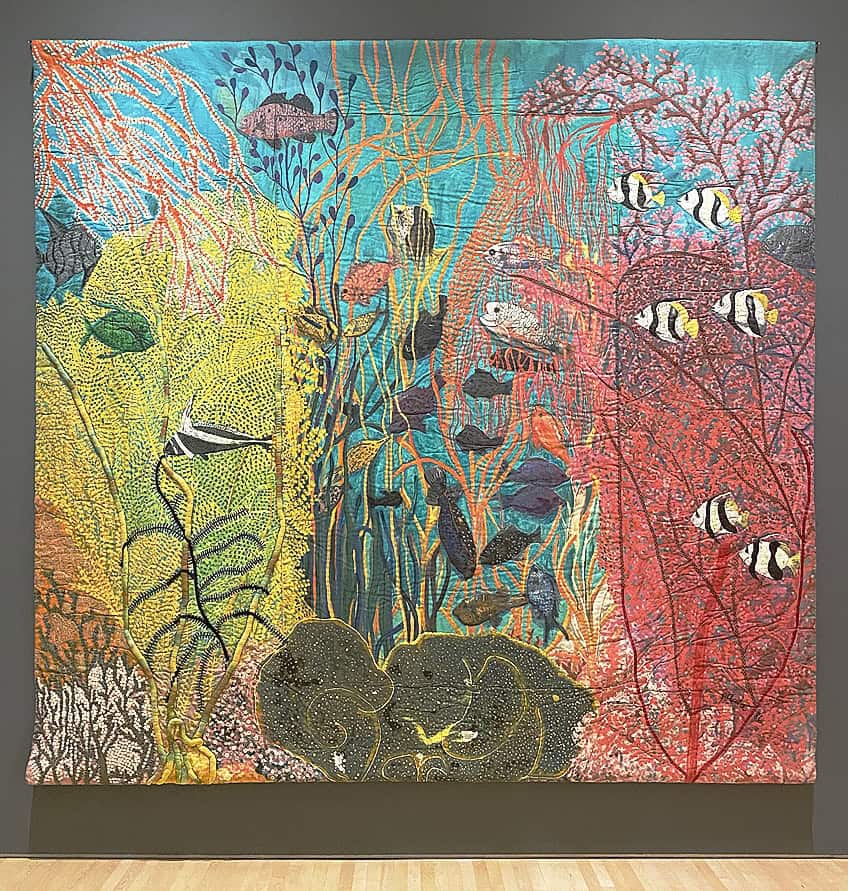
Additionally, her exhibitions in New York and San Francisco have solidified her reputation. Pacita’s exhibitions have reached international audiences, cementing her legacy in the art world. Her work has even been included in the prestigious Tate collection, illustrating the global impact and recognition of her artistic contributions.
Legacy and Influence
Pacita Abad’s work has left a substantial mark on contemporary art, emphasizing themes of social responsibility and cultural identity. Her estate continues to preserve and promote her artistic legacy, ensuring that her influence extends to new generations.
Impact on Contemporary Art
Pacita Abad significantly influenced contemporary art with her innovative trapunto paintings. By quilting, embroidering, and embellishing canvases with beads, buttons, mirrors, and shells, she created rich, textured works. Her multicultural approach highlighted the power and complexity of globalization and the immigrant experience, making her a pivotal figure in modern art discussions. Curators like Victoria Sung, Ruba Katrib, and Nancy Lim have emphasized her contributions through exhibitions. Her first retrospective, supported by the T.B. Walker Acquisition Fund, showcased her vast influence.
Her works put a spotlight on social responsibility, advocating cultural appreciation and understanding.
Commemoration and Estate
Following her death in 2004, Pacita Abad’s estate, managed by her brother Pio Abad, has been instrumental in maintaining her legacy. They have facilitated numerous exhibitions worldwide, increasing awareness of her work. The estate has also collaborated with organizations like L.A. Liberty to promote her artistic philosophy.

Notable retrospectives, such as the one at the Walker Art Center, curated by Jack Garrity, have played a significant role in commemorating her. Through these initiatives, Pacita Abad’s transformative art continues to inspire and educate, ensuring her legacy remains influential in contemporary art circles.
Pacita Abad’s artistic legacy is a testament to her innovative spirit and profound impact on contemporary art. Her distinctive trapunto technique and vibrant, multicultural aesthetic have left an indelible mark on the art world, transcending geographical and cultural boundaries. Abad’s work not only celebrates her Filipino roots but also reflects her global perspective, embodying themes of identity, migration, and resilience. As her art continues to be exhibited and appreciated worldwide, Pacita Abad’s contribution to the art community remains a powerful reminder of the beauty and complexity of cultural diversity. Her legacy endures, inspiring future generations of artists to explore and embrace their unique artistic voices.
Frequently Asked Questions
What Are the Key Characteristics of Pacita Abad’s Trapunto Technique?
Pacita Abad’s trapunto technique involves painting canvases that are later quilted, embroidered, and adorned with beads, buttons, mirrors, and cowrie shells. This method creates textured, three-dimensional artworks that have become a signature of her style.
Which Famous Masterpieces Were Created by Pacita Abad?
Some of her renowned works include the Painted Bridge in Singapore and her extensive series of trapunto paintings. Her pieces often explore themes of social justice, and cultural identity, and offer vibrant visual stories.
What Influences Can Be Seen in Pacita Abad’s Artworks?
Her works show influences from her travels across Asia, Africa, and Latin America. Techniques and materials from various cultures reflect in her pieces, incorporating local artistry and craft traditions into her dynamic creations.
Isabella studied at the University of Cape Town in South Africa and graduated with a Bachelor of Arts majoring in English Literature & Language and Psychology. Throughout her undergraduate years, she took Art History as an additional subject and absolutely loved it. Building on from her art history knowledge that began in high school, art has always been a particular area of fascination for her. From learning about artworks previously unknown to her, or sharpening her existing understanding of specific works, the ability to continue learning within this interesting sphere excites her greatly.
Her focal points of interest in art history encompass profiling specific artists and art movements, as it is these areas where she is able to really dig deep into the rich narrative of the art world. Additionally, she particularly enjoys exploring the different artistic styles of the 20th century, as well as the important impact that female artists have had on the development of art history.
Learn more about Isabella Meyer and the Art in Context Team.
Cite this Article
Isabella, Meyer, “Pacita Abad – A Journey Through Color.” Art in Context. July 22, 2024. URL: https://artincontext.org/pacita-abad/
Meyer, I. (2024, 22 July). Pacita Abad – A Journey Through Color. Art in Context. https://artincontext.org/pacita-abad/
Meyer, Isabella. “Pacita Abad – A Journey Through Color.” Art in Context, July 22, 2024. https://artincontext.org/pacita-abad/.


